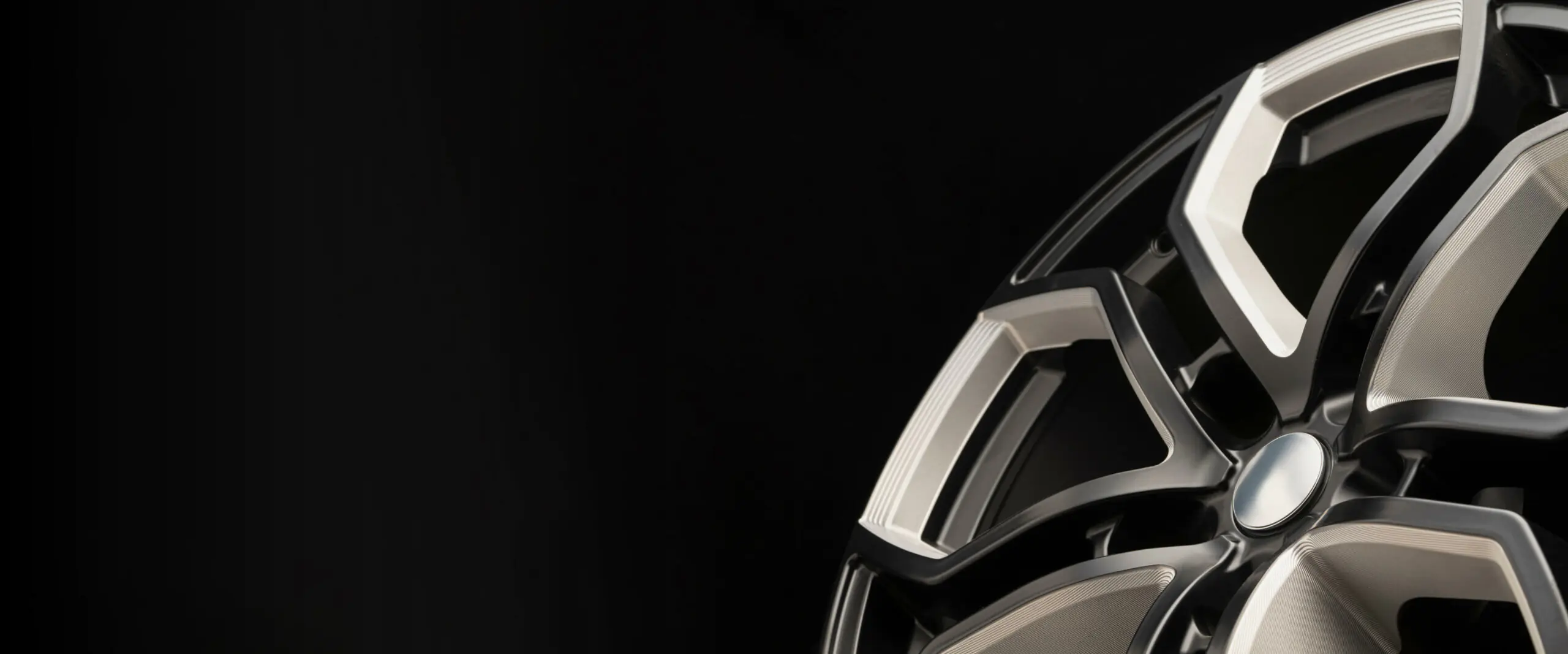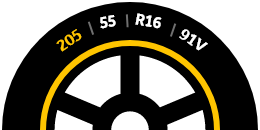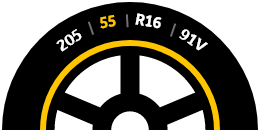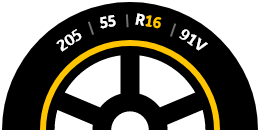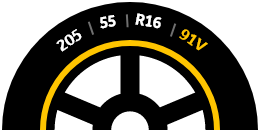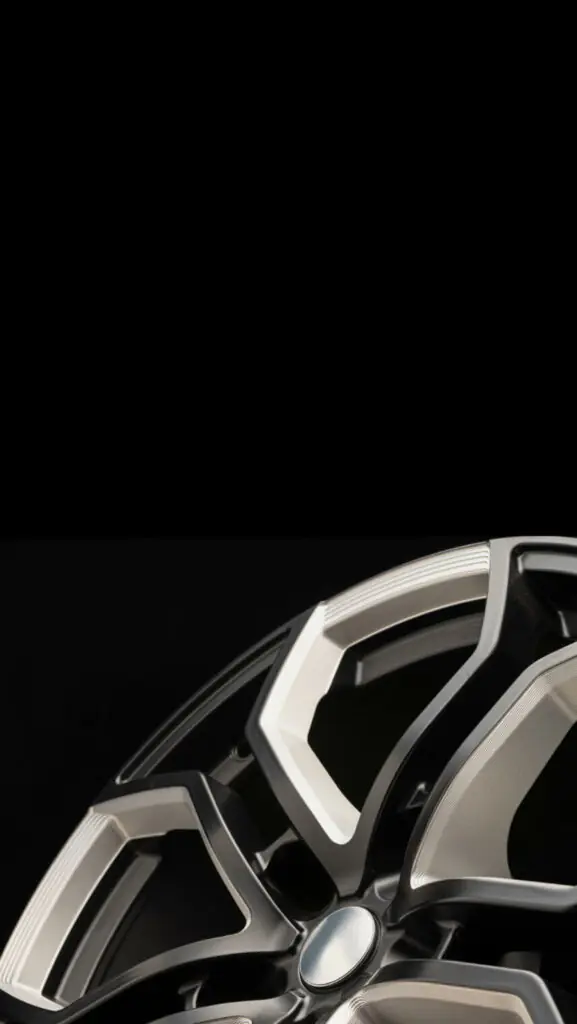
Alloy Wheel Refurbishment
Alloy Wheel Refurbishment from £80.00
If your alloy wheels are looking tired, chipped, scuffed or scratched then our alloy wheel refurbishment service is for you. We offer a wide range of alloy wheel colours and finishes and can also colour match the original colour. All refurbished wheels are powder coated to make them as good as, if not better, than new.
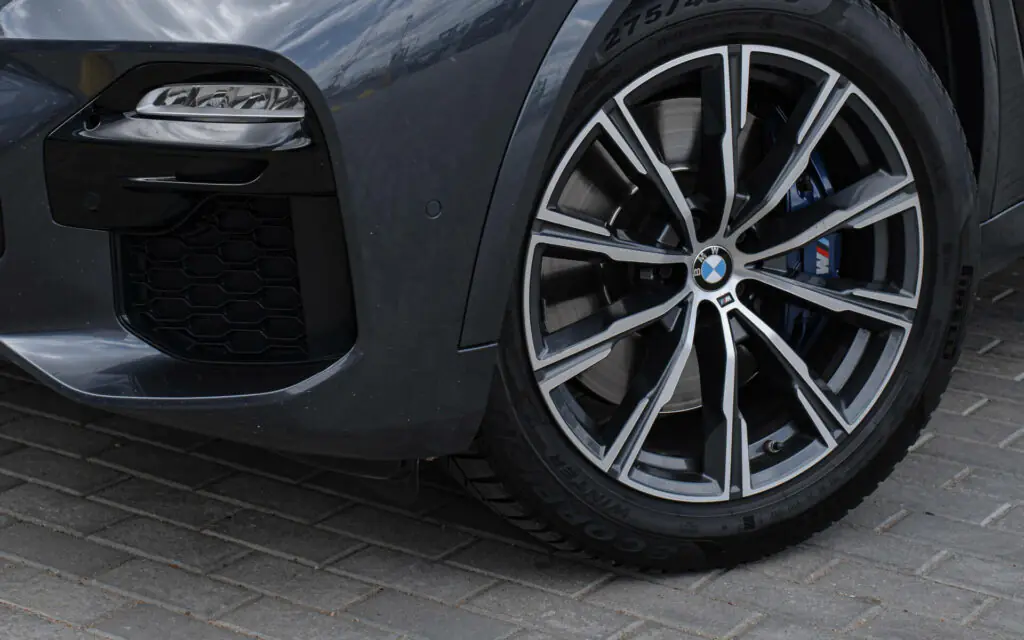
Diamond Cutting Alloy Wheels
Although powder coating is the most popular way of refurbishing wheels, diamond cut finishes are also popular. There are a lot of cars that are fitted with diamond cut alloys as standard now. Not all wheels can be diamond cut as this depends on the profile of the face of the wheel, a member of our team will be able to advise if this is possible for your wheel.
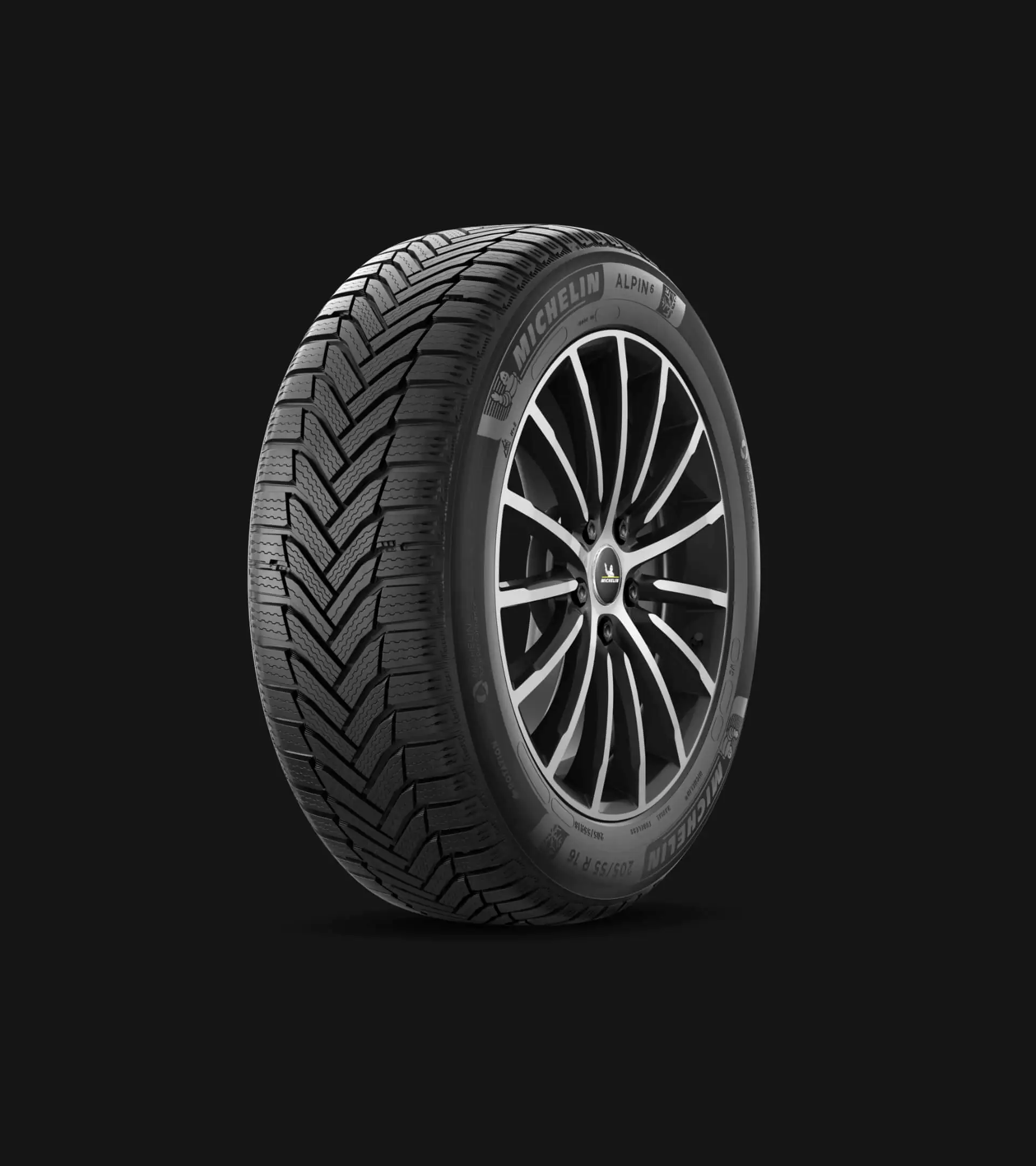
Alloy Wheel Refurbishment Booking Enquiry
Please fill in the details below with your preferred date. A member of our Bush team will contact you to finalise your booking.
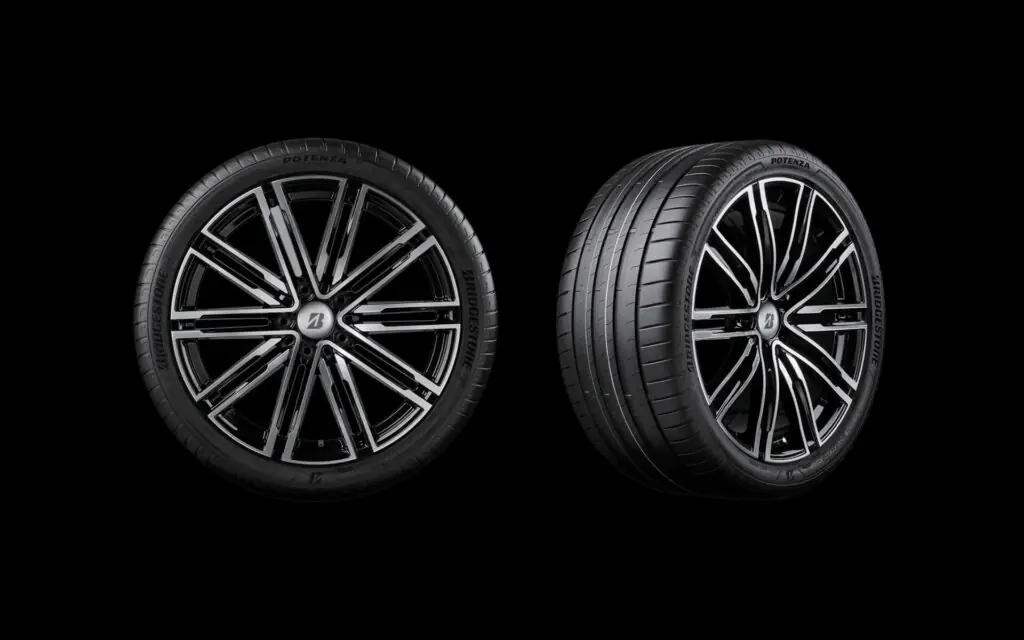
Alloy Wheel Refurbishing
Corroded alloy wheels not only look unsightly they could also cause your tyres to deflate. This is caused by corrosion eating away at the alloy underneath the clear protective lacquer, which in turn works its way to the inside of the wheel, breaking the tyre seal and causing air leaks between the tyre and the rim.
We offer Alloy Wheel Refurbishment for:
– Scratched wheels
– Chipped wheels
– Scuffed or scraped wheels
– Curb damaged wheels
– Alloy wheel painting
Alloy refurbishment FAQ’s
-
Firstly, the tyres are removed. The wheel is then placed in an acid-based strip tank to remove all paint and lacquer. After this the wheel is media blasted to remove any blemishes and corrosion. It is at this point the kerbing, deep scratches and any pitting that may have occurred due to corrosion is removed. Any heavy pitting found is smoothed over to create a better look and creates a better seal between the tyre and the rim.
The curing temperature of powder coatings is approximately 180°C, because of this the wheel is pre-heated to 200°C for around 20 minutes to allow any air to expand and to remove any contaminants. A powder primer is applied and cured. The wheel is then cooled and either a paint or powder coat is applied in the relevant colour. Once the colour coat has cured an acrylic powder coat lacquer is applied to not only enhance the finish but also to protect the wheel from the environment.
Once the lacquer powder coat has cured, and cooled, the tyre is refitted and balanced using adhesive wheel weights so as not to spoil the appearance.
-
Diamond cutting is a very precise process and takes longer than a powder coat refurbishment.
All diamond cut wheels are refurbished in exactly the same way as a standard alloy wheel (detailed above), the only exception being, before the lacquer is applied the wheel is placed on the diamond cutting lathe. The cutting tip removes first the paint that has been coated on the spoke and a thin layer of the wheel is removed leaving bright alloy against a coloured background. Because of this the alloy can only be cut a few times to prevent too much of the wheel’s surface being removed.
The wheel is then cleaned and lacquered in the normal way and the tyre refitted and balanced using adhesive wheel weights.
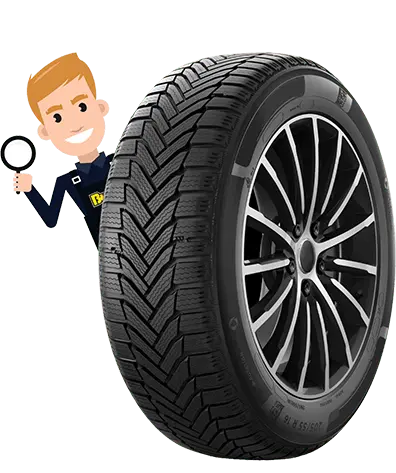



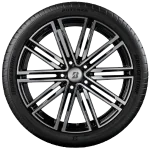 Tyres
Tyres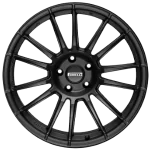 Services
Services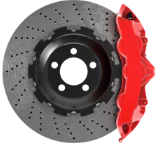 Fast Fit
Fast Fit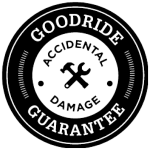 Offers
Offers